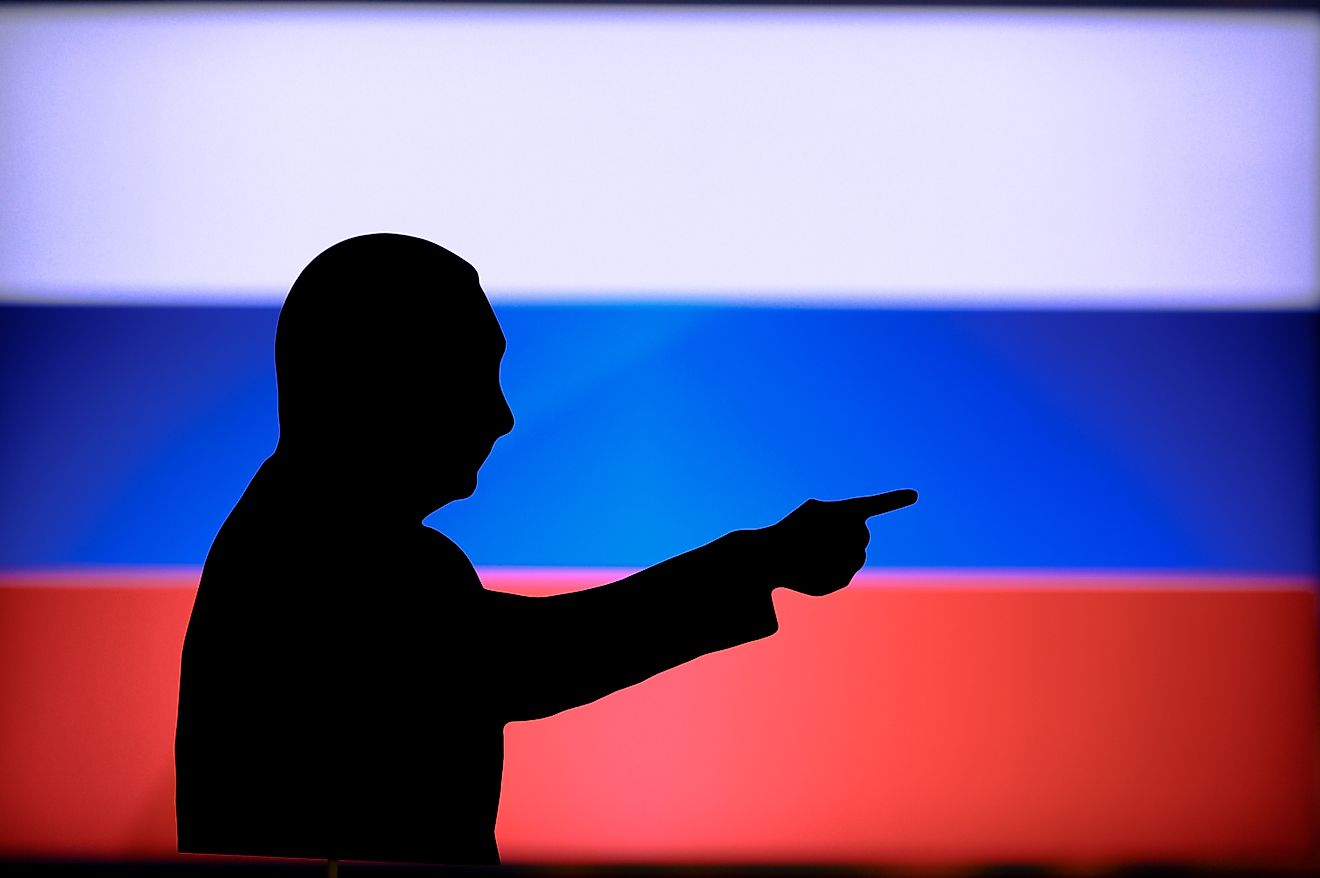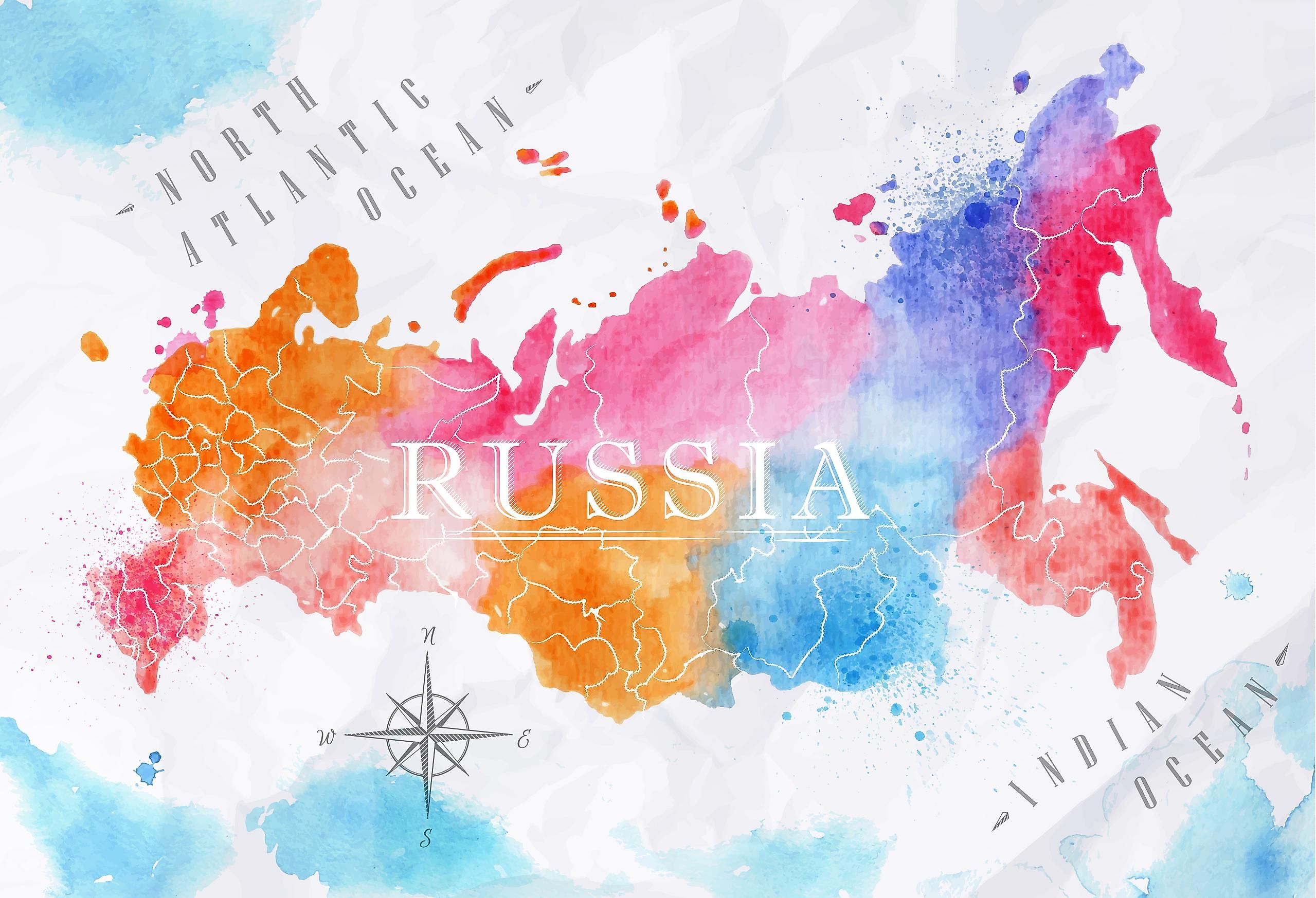
Unfolding Russia: The Historical Path To Becoming The World's Largest Country
Russia, with its vast 6.60 million mi2 (17.1 million km2), is the world's largest country, larger than Canada by 2.74 million mi2 (7.11 million km2). It spans nine time zones and borders 14 countries. The story of Russia begins in the 9th century with the Vikings creating the Kievan Rus. Under Viking leader Rurik, it grew until the Mongols invaded in 1237. The Grand Duchy of Moscow, shielded by dense forests, later led the unification of Russian territories. From 1533 to 1584, the first tsar, Ivan the Terrible, solidified the central Russian state and doubled its land, adding places like Kazan, Astrakhan, and Siberia. By the 1700s, Russia was the world's third-largest empire. It played a key role in the Soviet Union, and when the Soviet Union dissolved, the Russian Federation emerged on December 25, 1991.
Ancient Roots And Early Civilizations
Before the Kievan Rus or the arrival of the Vikings, the land that constitutes modern-day Russia was home to various tribes and nomadic groups. Among them were the Scythians, a collection of Iranian tribes skilled in horsemanship and archery, and the Finno-Ugric peoples, who lived in the northern forests and river valleys.
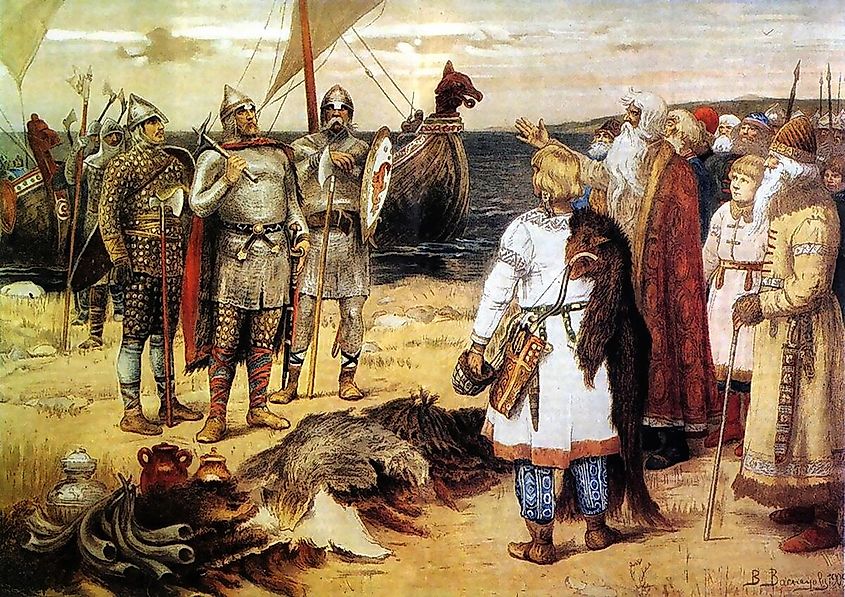
Now, as for the Kievan Rus, it was not just a rudimentary state but an organized federation of Slavic tribes with developed legal codes, trade routes, and even foreign diplomatic relations. Rurik, a Norse leader, is traditionally credited with founding this federation. Norse sagas (this is the traditional account, and not uncontested fact) suggest that local tribes invited Rurik and his warriors to rule and bring order to the region in 862 CE. Whether to exploit the lucrative trade routes or for other reasons, Rurik accepted the invitation, thereby intertwining the fate of Norsemen and Eastern Slavs.
The Expansion Epoch
The Mongol Era
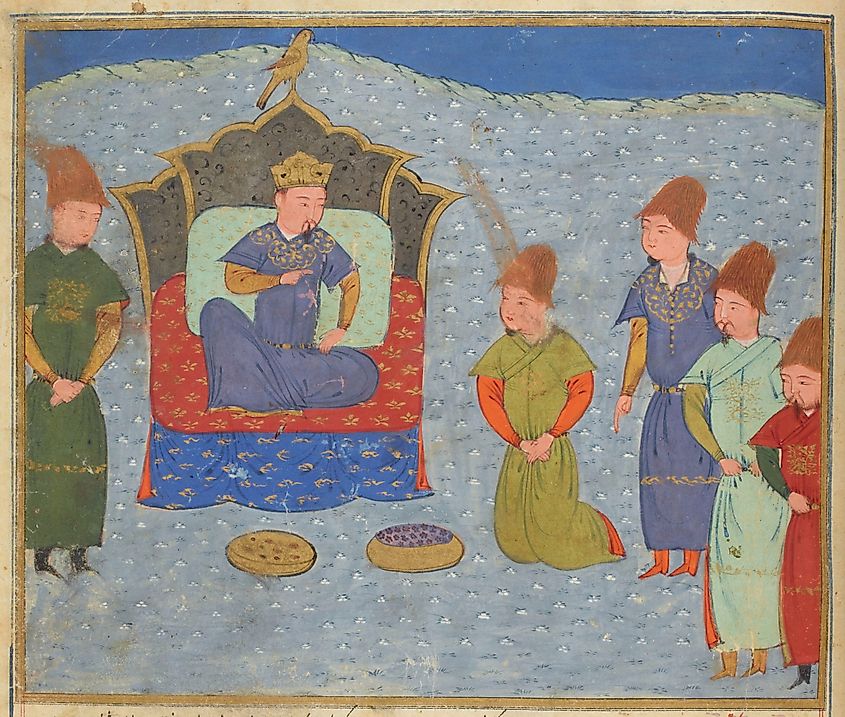
When the Mongol horde, led by Batu Khan, flooded into the Russian plains in the early 13th century, the landscape of the Russian principalities was forever altered. These invaders from the Central Asian steppes were not just extraordinary horsemen but also adept at psychological warfare. They used their military expertise to lay siege to fortified cities, employing a blend of intimidation and tactical brilliance. Entire cities were reduced to ashes, and the populace faced enslavement or worse, serving as a stern lesson to those who would contemplate resistance. The Mongols demanded heavy tributes and implemented their administrative structure, the "Yassa," thereby undermining the local authority and economy. These actions decimated the prosperity and growth of Russian territories for years. Amidst this gloom, Moscow emerged as an influential center of power. Paying tributes and serving as tax collectors for their Mongol overlords, the princes of Moscow accrued economic and political clout, setting the stage for the eventual expulsion of the Mongols and the unification of Russia under Moscow's leadership.
The Siberian Expansion
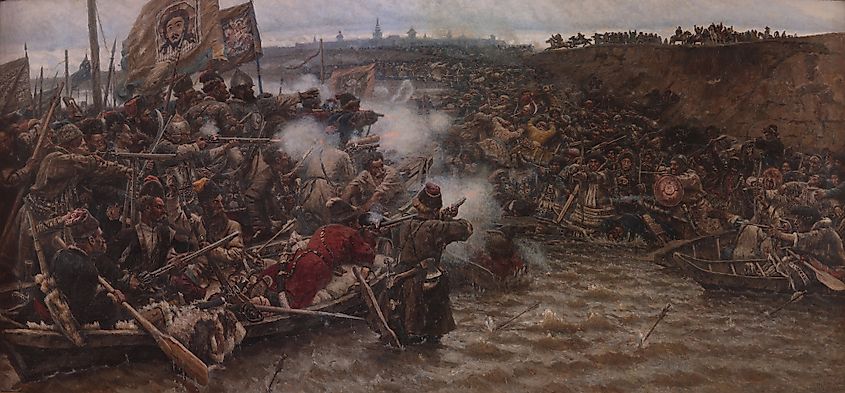
The Siberian landscape beyond the Ural Mountains was more than a barren wasteland; it was a territory teeming with natural resources, primarily furs. The untapped economic potential of this region was a magnet for Russian expansionism in the late 16th century. The Stroganov family, being merchants with considerable influence and resources, financed a series of expeditions to these territories. Spearheading these journeys were the Cossacks, semi-nomadic warriors skilled in frontier warfare. Men like Yermak Timofeyevich became legendary figures in these eastward ventures, often navigating through uncharted rivers and hostile landscapes. The object of this quest was twofold: the acquisition of valuable resources and the subjugation or incorporation of indigenous tribes. To achieve this, the conquerors often employed a multifaceted strategy. While military might was a significant factor, they also engaged in diplomatic talks with local chieftains, offering protection or integration into the growing Russian realm. Thus, the Siberian territories were not merely conquered; they were methodically absorbed into what would become the world's largest territorial state.
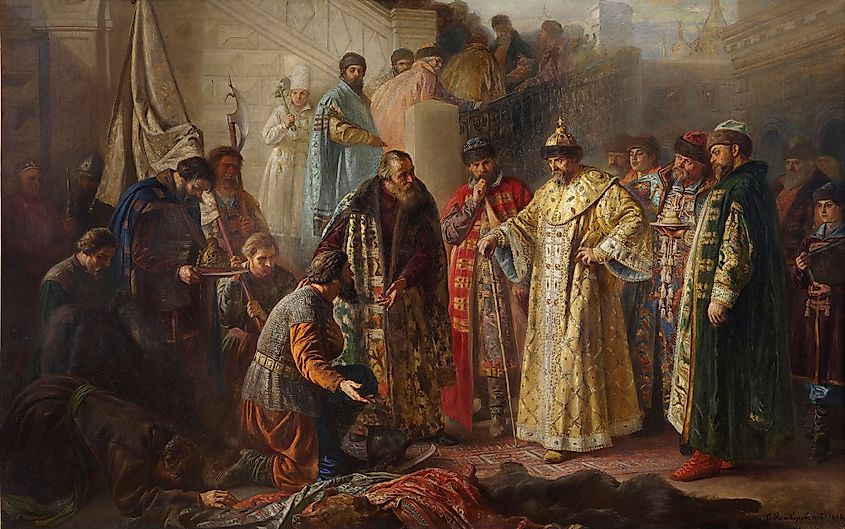
Ivan the Terrible, who reigned from 1533 to 1584, played a pivotal role in Russia's early territorial growth. His aggressive policies aimed at the consolidation and expansion of Russian lands were both brutal and effective. Known for his ruthless campaign against the Mongol-controlled Khanate of Kazan, Ivan succeeded in extending Russia's borders to include significant regions (like the aforementioned Kazan, Astrakhan, and even parts of Siberia). These conquests made Russia a transcontinental entity for the first time, setting the groundwork for future eastward expansions. Ivan's reign, though characterized by his despotic tendencies and internal oppression, marked a formative period in shaping the Russian state's territorial dimensions.
Towards The South And The West
Throughout history, Russia has looked towards Central Asia and Europe to extend its influence. For example, it waged wars and conflicts with Sweden and Poland, which resulted in Russia acquiring territories like Finland and parts of modern-day Ukraine and Belarus (this was during a time in which borders and territories were not as firmly established).
Pacific Pursuits
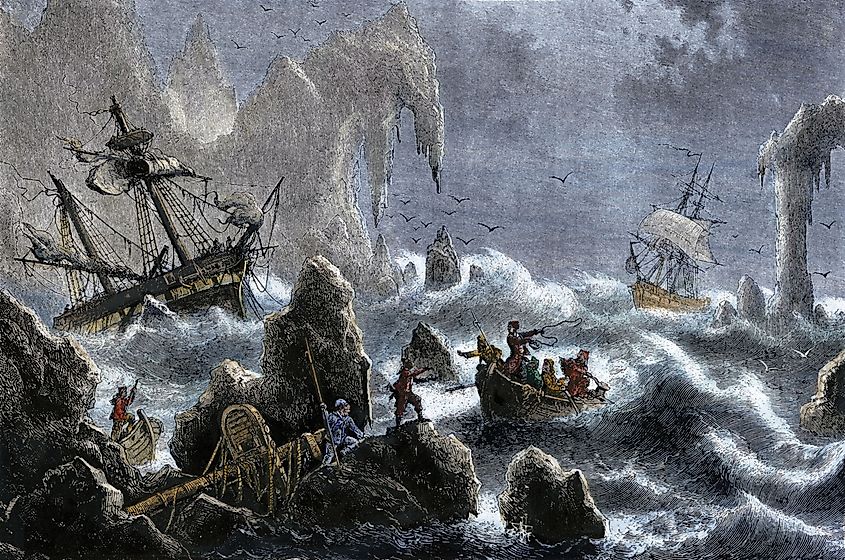
Russia's eastern ventures weren't limited to Siberia; they extended all the way to the Pacific Ocean. Russian explorers like Vitus Bering navigated through treacherous waters to explore and map out territories like Kamchatka and Alaska. Establishing control over these lands often involved the displacement or subjugation of indigenous peoples and competition with other colonial powers. While Russia did set up trading posts and settlements in Alaska, they eventually sold the territory to the United States in 1867, primarily because it was challenging to defend and administer.
Geopolitical Strategies And Diplomatic Endeavors
Over the centuries, Russia's acquisition and consolidation of territory were not solely the outcomes of military campaigns; rather, they were deeply rooted in adept diplomacy, a host of treaties, and even matrimonial alliances. While military exploits were certainly paramount in defining the country's boundaries, Russia often used more nuanced approaches to solidify its territorial claims.
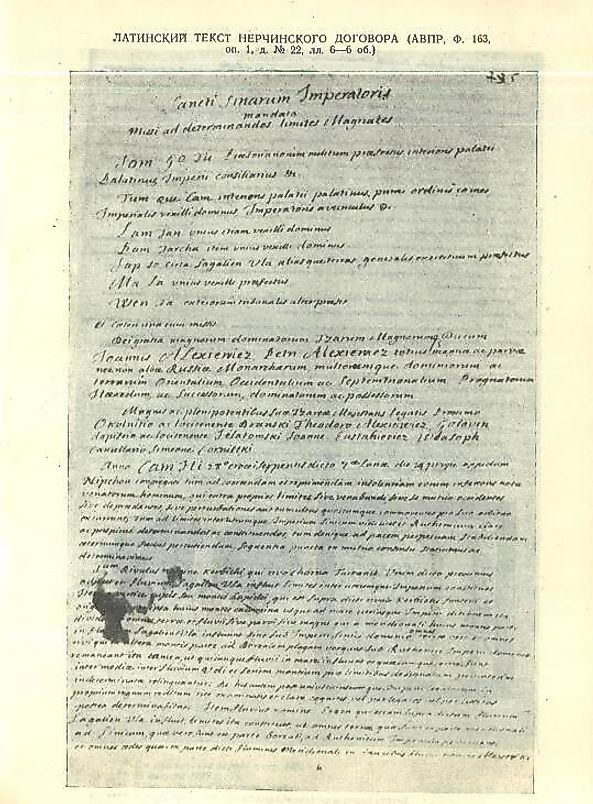
One striking example is the Treaty of Nerchinsk (1689) between Russia and the Qing Dynasty of China. This was a pivotal agreement that established the northern border of China and the southern boundary of Russian Siberia along the Argun River to Shilka and Uda rivers. The treaty not only averted potential conflict but also opened avenues for trade. It was one of the first instances where Russia actively used diplomacy to demarcate its frontiers and secure peaceful relations.
Another significant diplomatic endeavor was Russia's participation in the Congress of Vienna in 1815. This was not just an event that reshaped Europe after the Napoleonic Wars; it also had repercussions for Russia's territorial extent. The Congress allowed Russia to gain a substantial part of Poland, thereby providing the empire with critical strategic depth in Central Europe. This acquisition, arrived at by diplomatic negotiations rather than military conquest, further emphasized the role of international politics in Russia's growth.
Notably, Russia also had a tendency to exploit weakening neighboring empires. The Treaty of Küçük Kaynarca (1774) with the Ottoman Empire was an example. Following a victorious campaign against the Ottomans, Russia did not just seize territories; it also positioned itself as the protector of Orthodox Christians in the Ottoman Empire, thereby extending its sphere of influence indirectly.
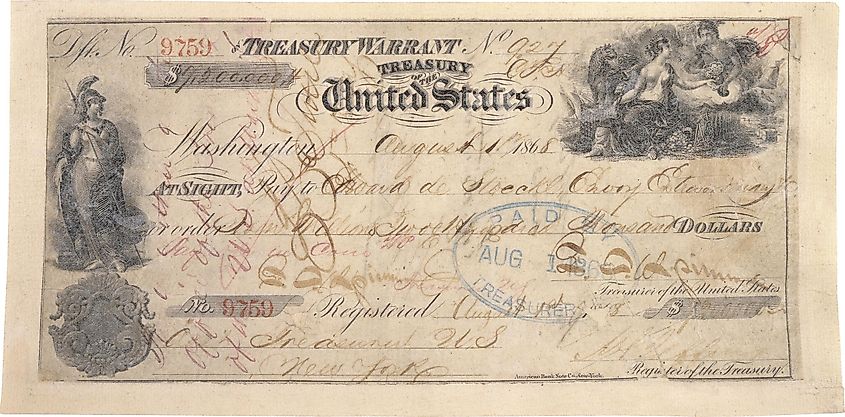
Another case worth mentioning is the Alaska Purchase in 1867. Known colloquially as "Seward's Folly," the U.S. Secretary of State William H. Seward orchestrated the acquisition of Alaska from Russia for $7.2 million. Here, the sale wasn't born out of Russia's necessity to expand but rather its need to retreat and raise funds. It was a calculated move that Russia determined would serve its long-term geopolitical interests better by relinquishing a territory it deemed too costly to defend and develop.
The Soviet era also had a defining impact on the configuration of Russia's territories. Formed in the aftermath of the Russian Revolution in 1917, the Soviet Union initially consolidated power over a multitude of ethnically diverse regions, and it was a political entity entirely distinct from the preceding empire and the current federation. Later, it annexed territories like the Baltic States and parts of Eastern Europe under the veil of socialist fraternity. Though the Soviet Union eventually disintegrated in 1991, its territorial acquisitions had a lasting imprint, particularly in Central Asia and the Caucasus. While some territories gained independence after the collapse, Russia remained the legal successor state, inheriting the majority of the land and resources that the Soviet Union had amassed. Today, there exists territory disputes between the Russian Federation and places like its former satellite states, many of which the world now recognizes as sovereign countries.
Moreover, treaties like the Treaty of Stolbovo with Sweden (1617) and the Treaty of Andrusovo with Poland (1667) had immediate effects on Russia's territorial integrity. These treaties not only expanded Russian territory but were also pivotal in providing it with access to important waterways like the Baltic Sea and the Dnieper River.
Challenges Of Vastness
Managing a landmass that stretches over multiple time zones and climates presents a myriad of challenges, both administratively and defensively. Governance often becomes convoluted when the distance between the capital and peripheral regions is substantial. This distance can lead to slow decision-making and a lack of nuanced understanding of local issues, which in turn can fuel dissatisfaction or even separatism among far-flung populations. However, centralization and technology have been successful in making administration possible.

In addition, defending such a colossal geographical space has historically been a logistical nightmare. Whether facing invasions from Napoleonic France or Nazi Germany, Russia has had to depend on the harsh climate and the sheer size of its territory as a defensive mechanism. But in the modern era, the country faces issues such as illegal border crossings, drug trafficking, and cyber-attacks, which pose different kinds of security challenges. Despite the advances in technology, safeguarding thousands of miles of border against a multitude of threats remains a constant pressure point for the Russian government. The necessity for vigilance has only intensified with geopolitical tensions like NATO's eastward growth, requiring a hefty investment in defense capabilities.
Cultural Tapestry
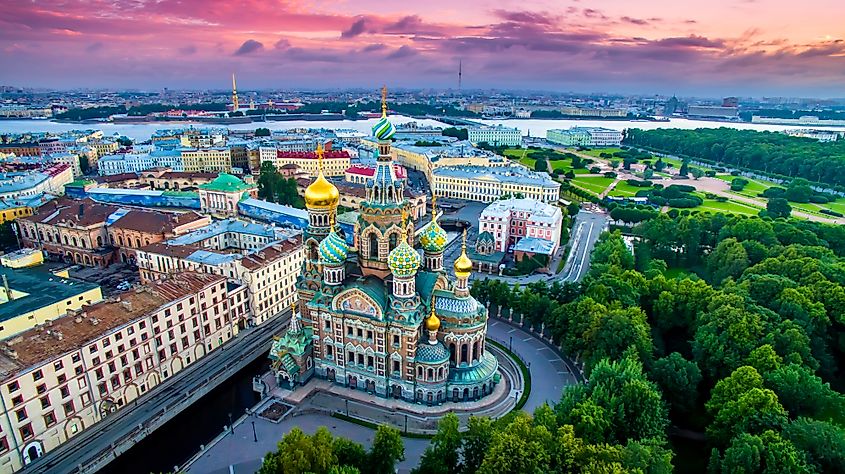
The territorial growth of Russia has, over the centuries, led to a blending of various ethnic groups, languages, and traditions. Each addition to the territory brought with it a set of beliefs, customs, and social systems. For instance, the conquest of Siberia introduced shamanistic practices, while expansion into Central Asia infused Islamic traditions into the larger social fabric.
Yet, this integration has not always been smooth. Periods of Russian history saw forced Russification policies aimed at homogenizing the social fabric, sometimes leading to cultural erosion among minority communities. However, over time, a kind of coexistence has emerged, if not complete assimilation. In contemporary Russia, more than 185 ethnic groups cohabit, contributing to a multifaceted social structure. From Tatarstan's Islamic architecture to the indigenous languages of the Far East, Russia is a case study of how territorial gains can lead to an intricate, if not entirely harmonious, blending of human societies.
Russia is the result of the domino effect of history: events and persons, separated by thousands of years, have given birth to the country as it is today. Empires that no longer exist, such as the Mongol Khanate and the Qing Dynasty, are responsible (in their exchanges) for what we see today. Empires that still exist, such as the United States and the countries that make up NATO, are reflected in Russia through 'missing' territories like Alaska and disputes with former satellite states. One way or the other, Russia will be under close observation for those passionate about geopolitics for generations to come.











